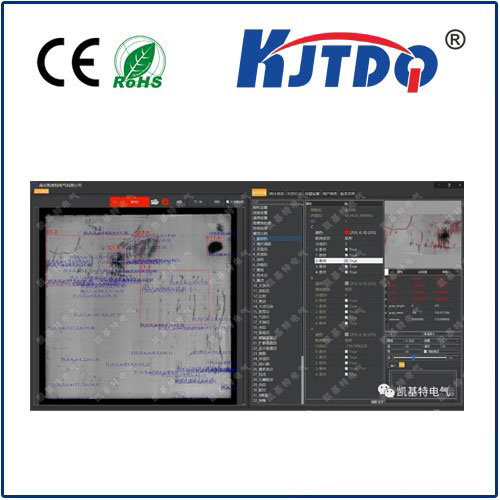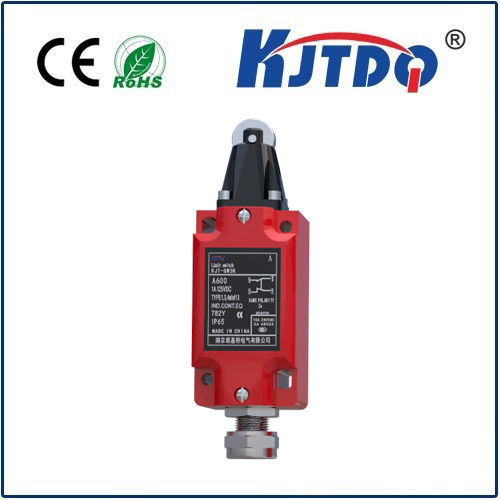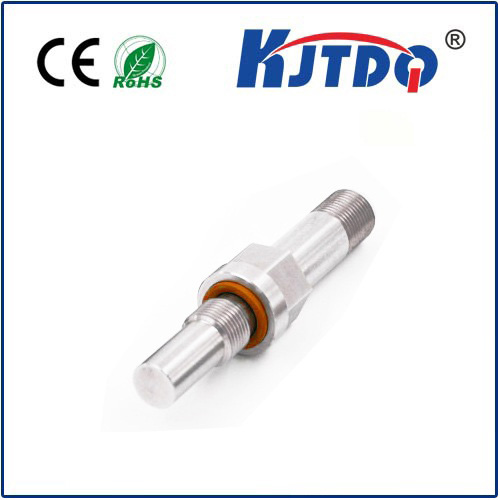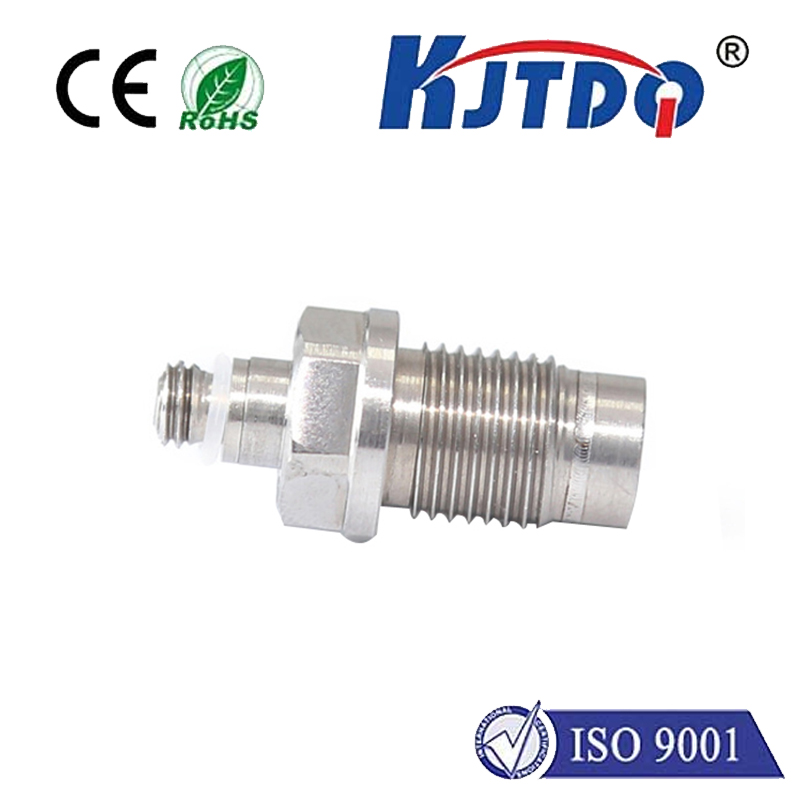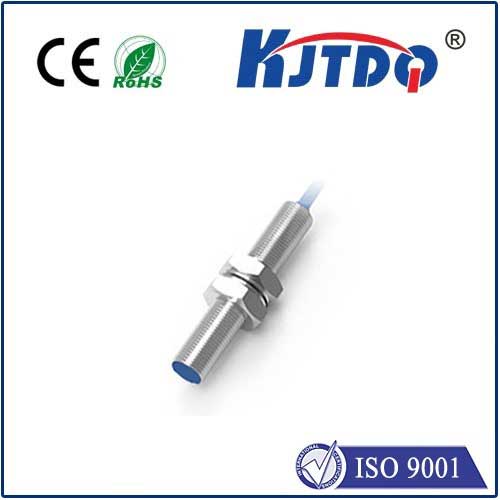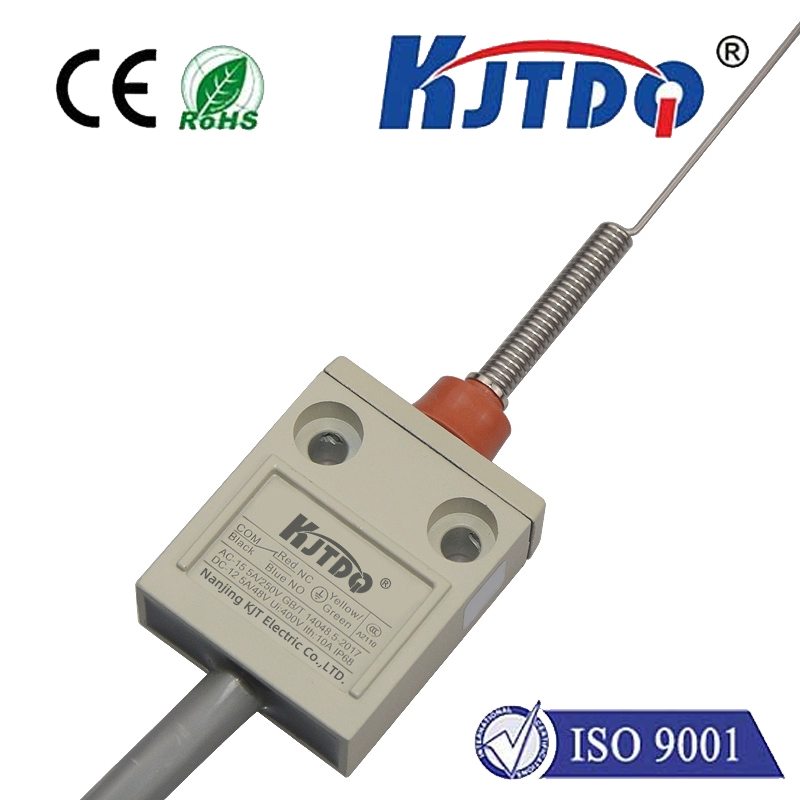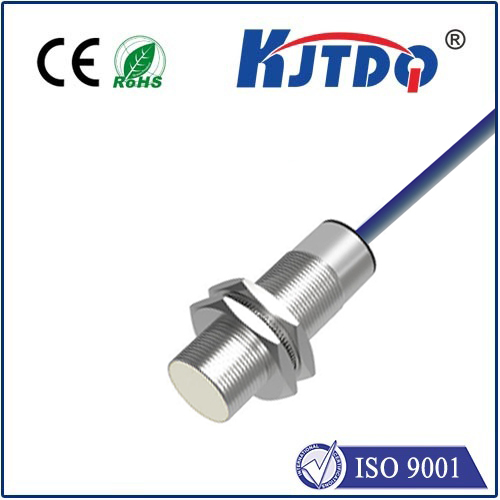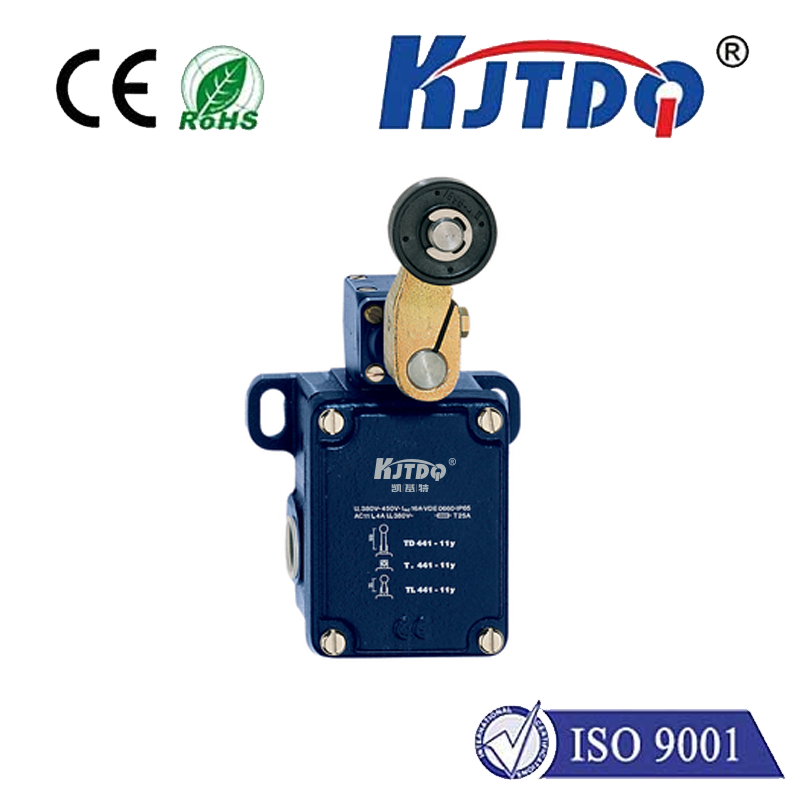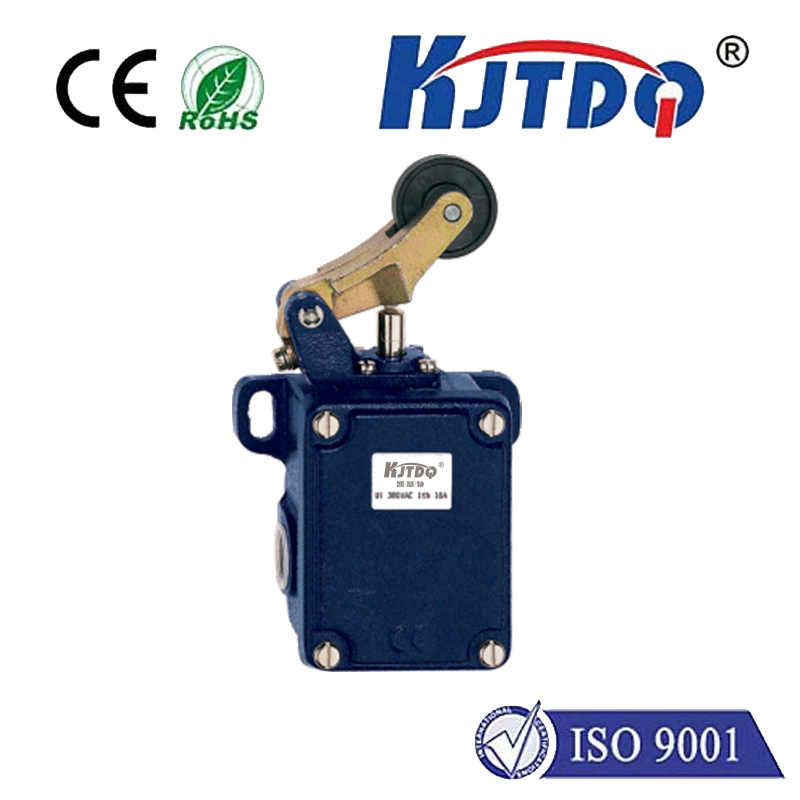
check

check

check

check
Proximity Sensors and Photoelectric Sensors: A Comparative Analysis
Introduction
In the realm of automation and control systems, sensors play a vital role in detecting various physical phenomena. Two commonly used types of sensors are proximity sensors and photoelectric sensors. This article aims to provide a clear understanding of these sensors, their working principles, applications, advantages, and disadvantages.
Proximity Sensors
A proximity sensor is an electronic device that detects the presence or absence of an object within its detection range without any physical contact. These sensors operate on the principle of electromagnetic fields, such as inductive, capacitive, and hall effect-based mechanisms. The most common type is the inductive proximity sensor, which uses an oscillating circuit to generate an alternating magnetic field. When a metallic target comes close to the sensor, it disrupts the magnetic field, causing changes in the oscillation frequency, thereby triggering the output signal.
Applications

Proximity sensors have diverse applications in industries such as manufacturing, automotive, food processing, packaging, and many more. They are used for positioning, counting, speed monitoring, and safety interlocking purposes. For instance, they can detect the presence of objects on a conveyor belt or monitor the position of machinery components during assembly lines.
Advantages and Disadvantages
Some benefits of using proximity sensors include their non-contact nature, durability, high sensitivity, and ability to work under harsh environmental conditions. However, they may be affected by external electromagnetic interference and require proper mounting to avoid false triggering due to vibration or shock.
Photoelectric Sensors
A photoelectric sensor is another type of sensor that utilizes light beams to detect the presence or absence of objects. These sensors consist of a light emitter (such as LEDs) and a receiver (like phototransistors) placed opposite to each other. When an object passes through the light beam, it interrupts the path between the emitter and receiver, causing a change in the output signal.
Applications
Photoelectric sensors find extensive use in industries such as logistics, pharmaceuticals, printing, and material handling. They are ideal for applications requiring precise object detection, such as product inspection, label detection, and alignment. Moreover, they can also be used for measuring distances and counting objects passing through the light beam.
Advantages and Disadvantages
The key advantages of photoelectric sensors include their accuracy, fast response time, easy installation, and flexibility in terms of different types of light sources. However, they may not perform well in dusty or foggy environments since the light beam might get scattered or absorbed. Additionally, they require a clean line-of-sight between the emitter and receiver for optimal performance.
Conclusion
In conclusion, both proximity sensors and photoelectric sensors serve distinct roles in industrial automation and control systems. Proximity sensors offer non-contact detection with high durability, while photoelectric sensors provide accurate object detection with fast response times. Depending on the specific application requirements, engineers can choose the most suitable sensor type for their needs. By understanding their working principles, advantages, and limitations, users can make informed decisions when selecting sensors for their projects.

